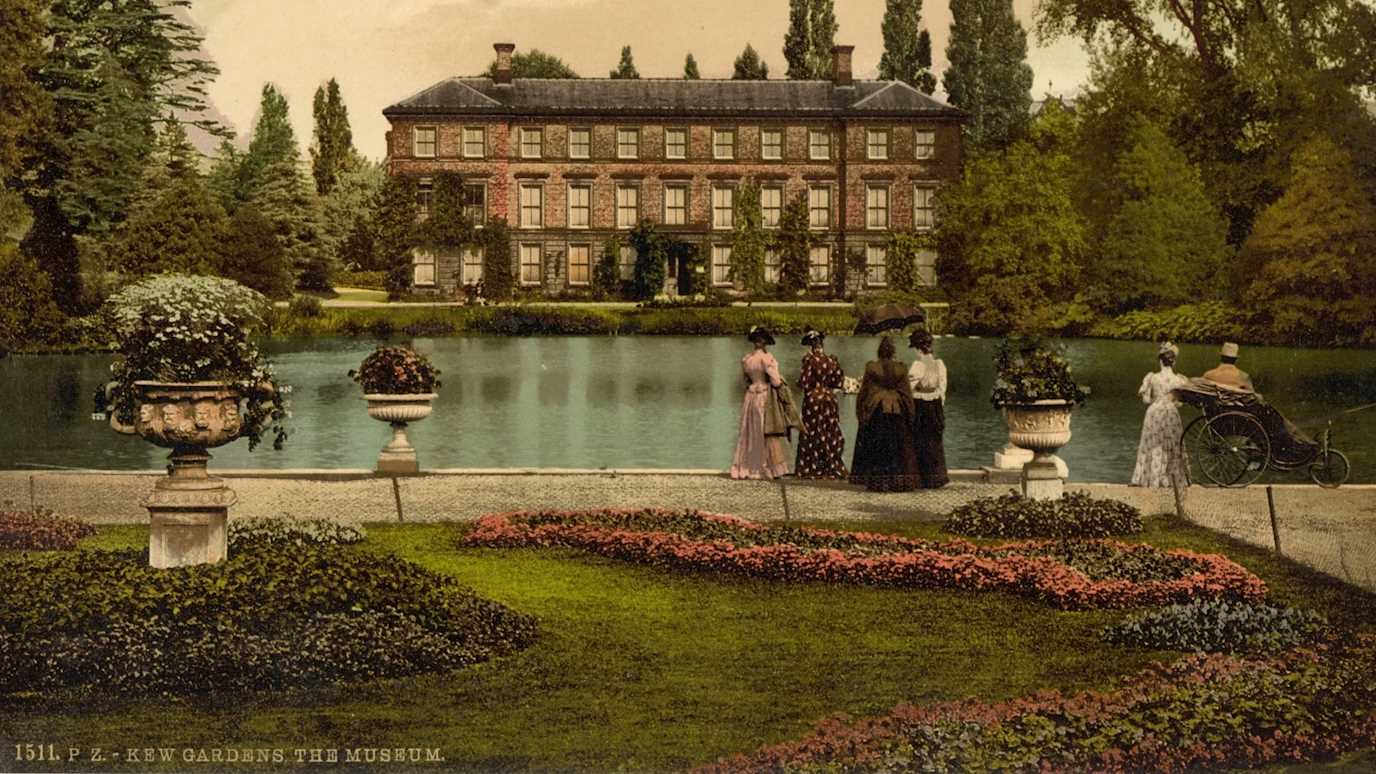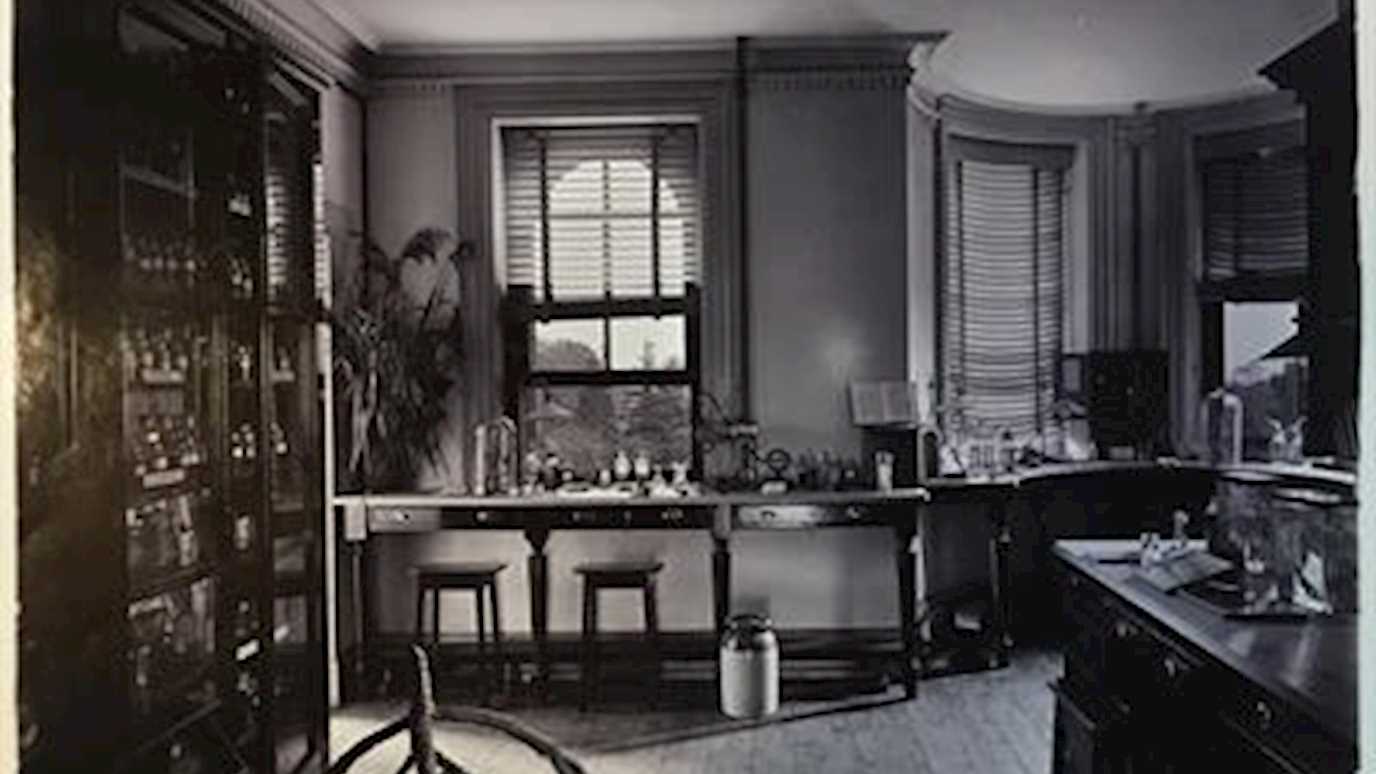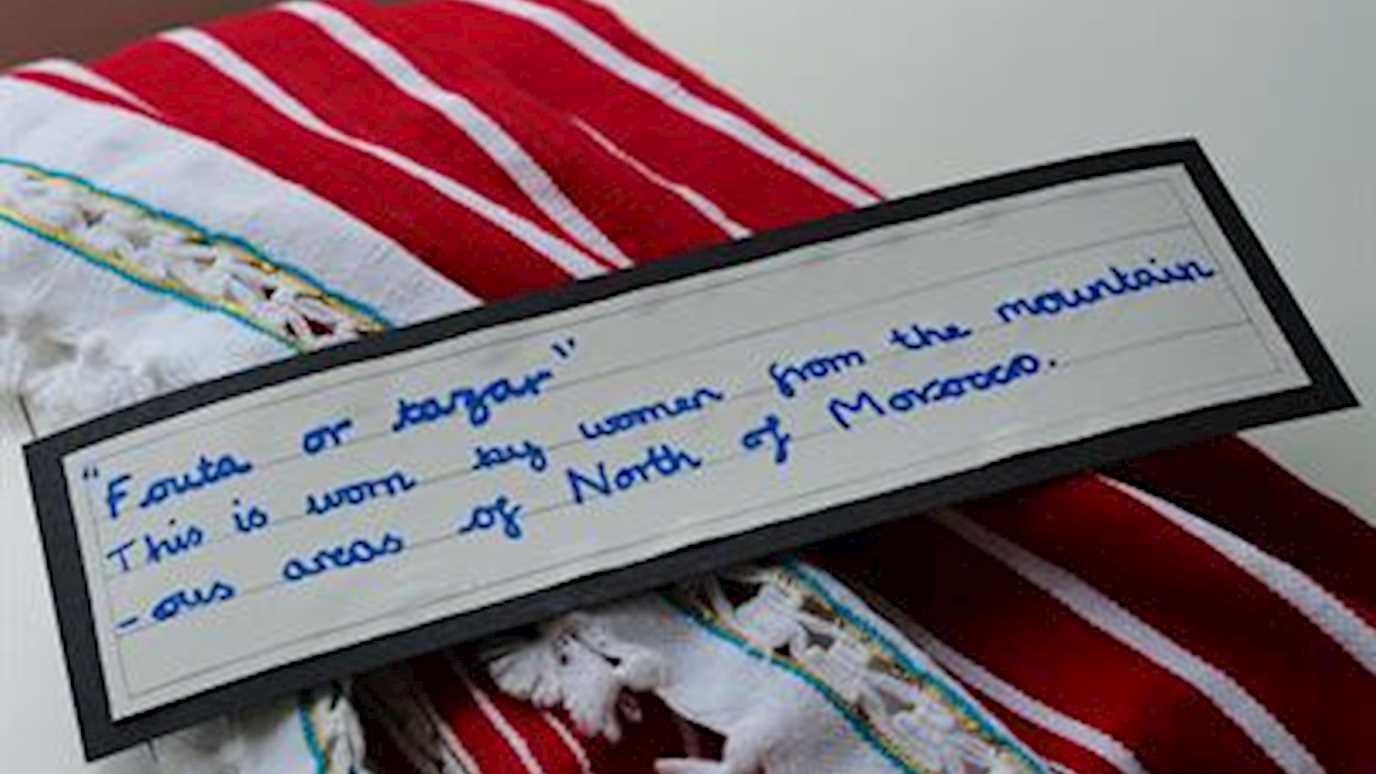Posted on 15/12/2017 by Joanna Durant, Digitisation officer, Kew Library, Art & Archives
Digitisation is fast becoming an important process across Library, Museum and Archive collections worldwide. My role at Kew is to digitise botanical illustrations, books and journals held in the Library, Art and Archives. As part of this role I have become involved in the Mobile Museum Project, by imaging and ultimately disseminating the information contained within the entry and exit books of Kew’s Economic Botany collection.
These books are an invaluable record of every item that has come into and been sent out of the Economic Botany collection since the Kew Museum of Economic Botany was founded in 1847. Economic Botany has always been an incredibly mobile and active part of Kew, and during the 19th century particularly, objects and specimens from across the world were passing through the collection. Many of these items were sent out to other institutions such as smaller museums, schools and botanic gardens, and the Mobile Museum project is hoping to identify the current whereabouts of these items and develop relationships between Kew and recipient institutions.
So, how do you go about imaging these huge, historic tomes?!
We are using the Library’s book scanner to scan each page, from cover to cover, to create a digital record that can ultimately be accessed by anybody in the world. The scanner has two oscillating plates, meaning that the lighter half of the book can be raised slightly higher than the heavier half to minimise any damage to the spine of the book itself during the scanning process. This can become a bit tricky as I get to the middle of the book! After each page is scanned, I manually turn to the next, and with over 590 pages contained in the first exit book (spanning from 1881-1901), this means I am becoming quite familiar with the items and their handwriting! The scanner software creates a separate image for each page, which will be matched up with its corresponding metadata that has been painstakingly and lovingly transcribed by Mobile Museum staff and volunteers.
Both the images and the data associated with them will ultimately be used by the project itself, as well as being uploaded to an online resource called the Biodiversity Heritage Library, where it will be made available to view and download by anybody across the world. BHL is an invaluable resource for scientists, artists, historians, gardeners… the list is endless! The Economic Botany collection logbooks will form part of a growing contribution by Kew to BHL, further improving access to the collections of this historic organisation.
























